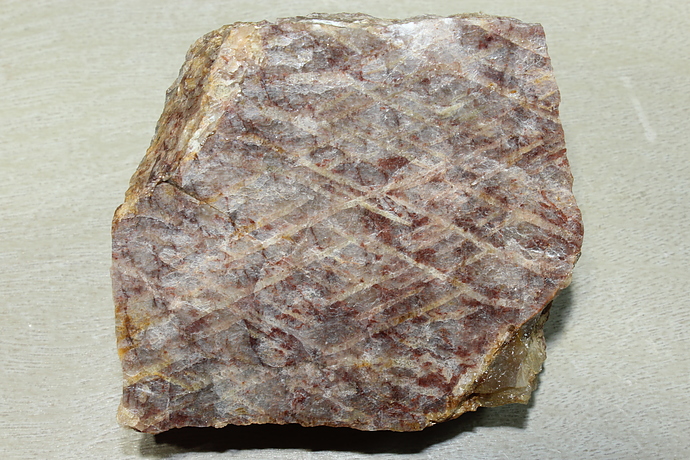Perthite: Gemstone Information
Unveiling the Mysteries of Perthite: A Unique Gemstone
What is Perthite?
Perthite is a striking mineral that belongs to the feldspar group. Its name is derived from Perth County in Ontario, Canada, where it was first discovered. This unique gemstone is renowned for its intricate patterns and mesmerizing colors.
The Composition of Perthite
Perthite is composed of two types of feldspar minerals – orthoclase and albite. These minerals form exsolution lamellae, creating the distinctive striped or feather-like patterns that are characteristic of Perthite.
The Formation Process
Perthite is formed through a process called exsolution, where the albite and orthoclase minerals separate from each other to create the intricate patterns found in the gemstone. This process occurs during the cooling of magma deep within the Earth’s crust.
The Unique Appearance of Perthite
Perthite exhibits a range of colors, including white, pink, and gray, with the characteristic striped or swirled patterns cutting through the stone. These patterns give Perthite a unique and mesmerizing appearance that sets it apart from other gemstones.
The Metaphorical Beauty of Perthite
Imagine Perthite as a masterpiece of nature, with its intricate patterns resembling the delicate brushstrokes of a painting. Just like a work of art, each piece of Perthite is unique and tells a story of its formation deep within the Earth.
Unraveling the Enigma of Perthite
Perthite’s captivating beauty and mysterious formation process make it a sought-after gemstone among collectors and jewelry enthusiasts. Its unique appearance and metaphysical properties make it a valuable addition to any gemstone collection.
In conclusion, Perthite is a truly unique gemstone that captivates with its intricate patterns and vibrant colors. Its formation process and metaphysical properties add to its allure, making it a prized possession for those who appreciate the beauty of natural gemstones.





